Off Piste: Nahanni Reforestation Photography Book
Over 500 Kodachrome images capture the largely undocumented lives of 1970s tree-planters
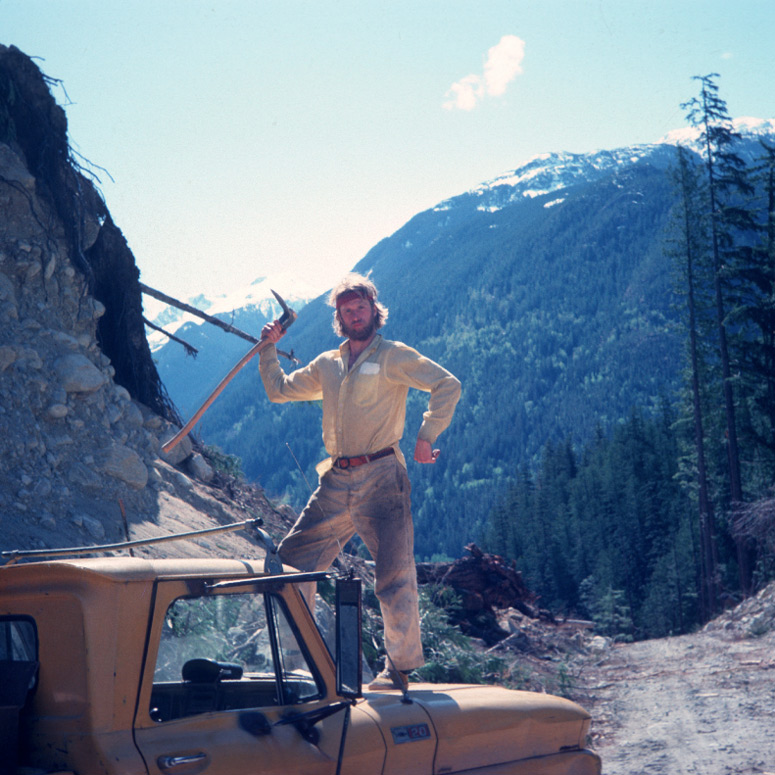
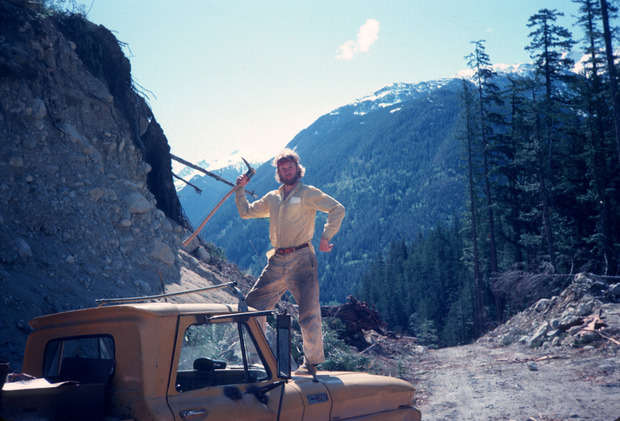
Nahanni Arntzen was born inside a teepee on the shore of the Kingcome River in remote British Columbia. Her parents were tree-planters, hired by logging companies to repopulate the large swaths of land left naked by clear cutting forestry operations. On and off for the first eight years of her life, Arntzen lived wherever the Nahanni Reforestation camp went—a free childhood spent pestering the camp cooks and playing with the camp dogs. From 1977 to 1987 her father, Daniel James, ran the operation, which he named for her. During this time, James and his operation of 25 to 30 men and women planted up to 12 million trees. And thankfully, James was there with a camera, capturing the ins and outs of daily life as a tree planting hippy in Interior B.C. Now after some 30 odd years laying unseen, James’ archive of over 500 original images will again see daylight, though instead of a slideshow, they will—with the help of Kickstarter—take the form of a book.
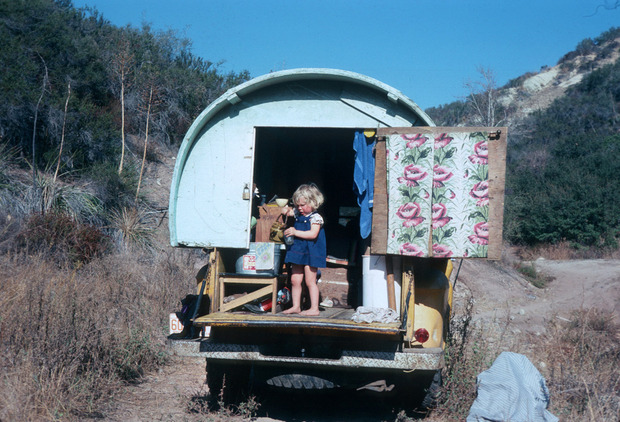
Using Kodachrome slide film, James would shoot throughout the tree-planting season, which routinely culminated in a party and slideshow for the crew. Though Arntzen remembers her father often having a camera at the ready, she admits she was surprised at the quality and quantity of the photos taken by a man who would hardly consider himself a photographer. “I had no idea they were going to be as good as they are, honestly,” says Arntzen. “Just going through them we could tell that the photos were really remarkable; there isn’t another archive like what he’s got.” And this may very well be true—albeit an unfortunate truth, historically speaking. As Artntzen has found in her research, though many tree-planters documented their work, most images from this era haven’t survived—and certainly not in cohesive numbers of this size. Most have been lost to poor storage conditions or house moves, as tends to happen to things of this nature. Now consider the fact that shooting slide film as a practice is essentially extinct, and that Kodachrome itself was discontinued by Kodak in 2009, and the images’ value begins to transcend simple aesthetics.
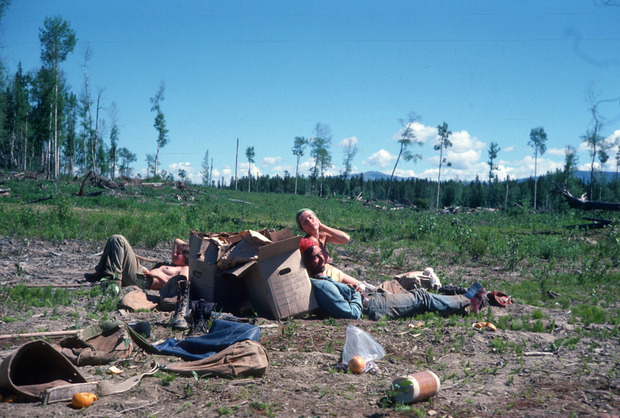
Though the images do ooze nostalgia, it’s the historical context and raw, realness of the images that give them a sense of anthropologic importance as well. The era documented by James was a time of environmental awakening for the Western world, and the first time the experimental solution of tree-planting was widely used—or really any solution was offered for that matter. Logging had always been a major part of the economy in the Northwestern US and British Columbia, though not until the early 1970s did individuals involved realize the severity and lack of regeneration left in their wake. Initially wives of local loggers were hired to plant seedlings, but when the two efforts drew incongruent, forestry companies began contracting able bodied young men and women to take on the job. As no surprise, mostly hippies headed the call, for both the naturalistic experience and the high pay—which was so high, in fact, most worked only five or six months out of the year, and relaxed on their earnings for the rest.
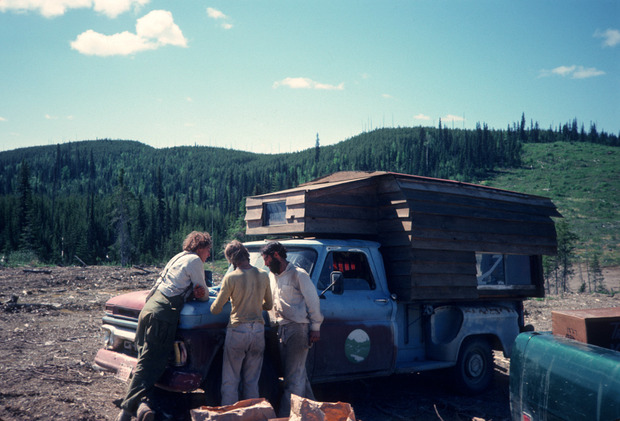
The images are almost surreal—caught in a heady decade seemingly somewhere between “Easy Rider”and “Into the Wild”—though genuine, depicting many aspects of a largely unknown and unrecognized life. The work these men and women did was remarkable, and hugely important for the health and sustainability of local ecosystem. Yet the individuals captured hold no sense of self-importance and were not shot to garner praise. James shot his friends and his family—at one point his mother acted as camp cook while up to three sisters all planted under his guise. From February to early June—year after year—they all worked and lived, ate and slept together.
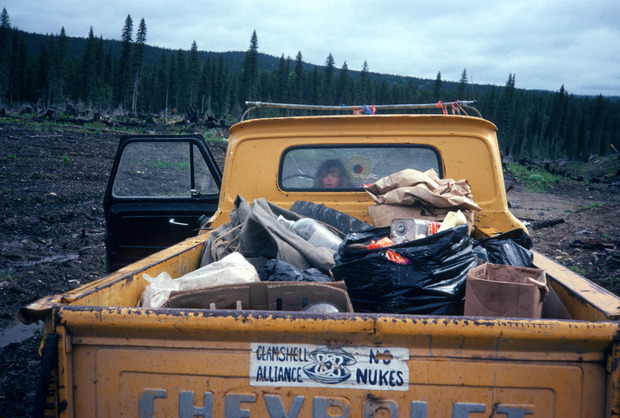
“There’s definitely a push aesthetically, and the ideology of getting outside is very popular right now,” acknowledges Arntzen of the current zeitgeist. Though the book’s funding effort may very well profit from this cultural movement, it certainly was not a driving force in the decision to bring it to life. “I’m sure there are boxes and boxes of people’s family history sitting all over the place that would be interesting to bring back. That’s why I want to do [the book]—to inspire more people to do the same,” says Arntzen. “Plus I want to do something for my dad. He worked super-hard for 10 years literally just planting trees into the ground, and that was a huge part of his life. What he did is really noteworthy and I want to share that with other people in recognition of his work.”
Visit the Nahanni Reforestation Kickstarter page to help publish the book, where a pledge of $45 secures you a first edition copy. And for more immediate gratification, follow @nahannireforestation on Instagram for an ongoing sneak peek at some of the imagination-capturing images.
Images by Dan James courtesy of Nahanni Arntzen
Off Piste encourages exploration. With each feature we’ll introduce the people, products and places that make life outside the city possible and life in the city more down to earth.












